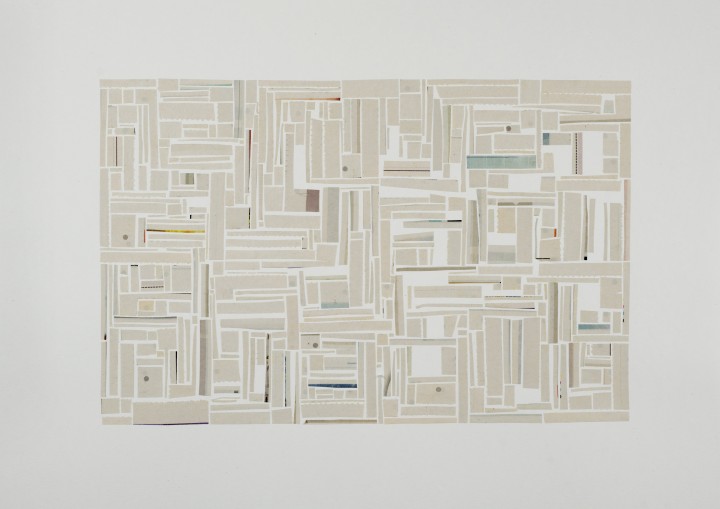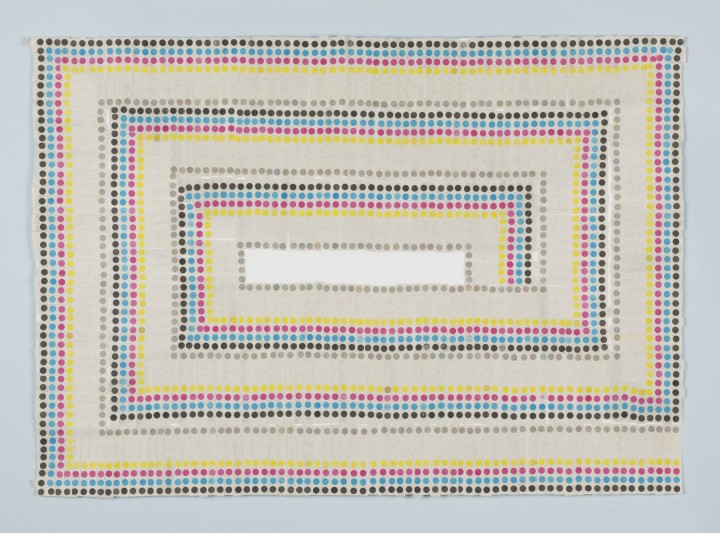Scottish Art News
Latest news
Magazine
News & Press
Publications
Scottish Art Unlocked: Patricia Fleming
By Patricia Fleming, 25.08.2020

In around the third week of lockdown here in Scotland, I had a longing to see paintings in Kelvingrove Art Gallery & Museum, the smell of the building so attached to my childhood, and painting, of course, connected with the hand of the artist. This was probably revealing a need to be with others, through my work, through my community. As someone who understands the world visually, and as the ‘outside’ became more abstract, the ‘inside’, working from home and the art around me became clearer, exposure to ideas felt urgent. Postponed exhibitions discussed and online tasters arranged, video calls came into their own. Technology just worked, maintaining links to artists who dedicate their time to listening, who process the tangled world we live in. This offered hope in another way of thinking and being.
Having established the gallery during the previous recession, I know the economic uncertainty to come will challenge this hope. Social distancing and appointment only launches will affect our sociable sector. But we are adaptable and have a genuine interest in the potential of the digital sphere. Artists have been experimenting with digital technology since its inception. The popularity of social media and e-commerce offers not only potential sales, it brings visibility and access to galleries and artists. Anyone with an interest in art has the ability to curate their own visual library, collection or narrative. Connecting directly to the artist and their work, following their interests on social media, may open new avenues to be a part of something, connecting to others across the globe. I’m not fearful that this will replace social connectivity, inspiring events or people experiencing art physically. The trail of endless flat images and visual clutter is already boring.
 Kate V Roberston, Endpoints #2, 2020. Newsprint registrations on paper, 29.7 x 21 cm / 11.7 x 8.3 in. Ⓒ The Artist. Courtesy Patricia Fleming Projects.
Kate V Roberston, Endpoints #2, 2020. Newsprint registrations on paper, 29.7 x 21 cm / 11.7 x 8.3 in. Ⓒ The Artist. Courtesy Patricia Fleming Projects.
Before lockdown we were coming to the end of a six-month online residency with the artist Anne Colvin. We worked with Colvin to present another way to experience an exhibition of her work, linking different components across our digital platforms. Poetry on Soundcloud, moving image on Vimeo and stills on Instagram. Reflections from writers and curators found their way to Twitter. This motion between time and process was then brought together by the artist in the physical gallery. Colvin generously gave her time to answer questions, make connections and feedback online, to create a never-ending filmic journey. This felt like a richer way to experience the work. Placing the control of when and how it was enjoyed, for example; listening on one device while watching on another, directly into the hands of audiences. The static parameters of the gallery walls removed, time pressure of an exhibition didn’t apply, and it opened up our programme for all.
Questions regarding access to new work, collecting and the environmental impact of international art fairs are in constant discussion within our team. We are looking at new ways to encourage engagement with the physical while I hope, making a meaningful contribution to the online world. Artsy (the market leading platform for collectors) introduces us to international collectors. We don’t advise buying art purely from a screen, but JPEGs and PDFs are a common way to let collectors see new work. We are confident those seeking the experience of connecting with art physically will always find their way to us.
As the founder of Fuse, a free artists’ studio programme that helped retain and support over five hundred artists in Glasgow between 1992-200, I hope the politicians will see Universal Basic Income as a way out of our immediate economic crisis. This, alongside a commitment by the Scottish Government to establish a model like the Creative Land Trust (a recent initiative by the London Mayor’s office, Arts Council England and others) to build infrastructure, is desperately needed to nurture and retain talent in Scotland. The visual arts sector needs specific support like the German Government’s recent announcement to invest directly in galleries and artists by increasing its Art Acquisition Budget by 600 percent.
An acknowledgement to protect the space for new art and ideas, and to increase resources to address the precarious nature of work in the visual arts is vital to support our already fragile sector. It’s encouraging to see our spacious museums and public galleries are now the ‘go to’ places. The urgency, in case they close again, has refreshed our sense of discovery. Being denied access to collections has struck a chord with many. I’ve overheard regrets of taking galleries and museums for granted; it is easily done.
Patricia Fleming has worked as an independent curator for over twenty-five years, establishing significant artist-led initiatives in Glasgow and further afield. Patricia Fleming Gallery is a contemporary art gallery based in Glasgow, working closely with emerging and established visual artists from the UK and beyond. Their most reason online exhibition was 'Post', by Kate V Robertson. This can be explored here.




